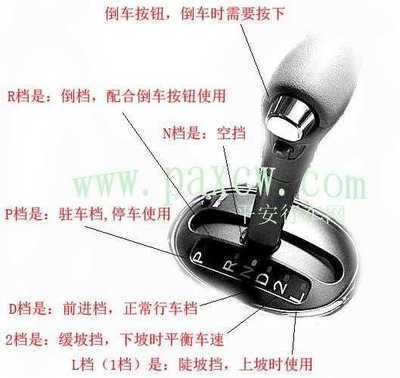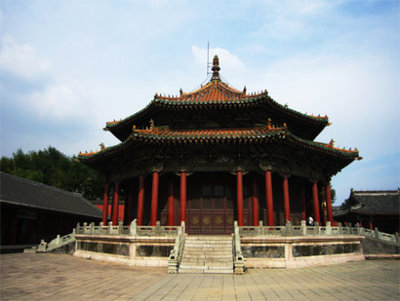皮影戏,shadow play或者shadow puppetry,是一种什么样的表演呢?
It is an ancient form of storytelling and entertainment using opaque figures in front of an illuminated backdrop to create the illusion of moving images。
这是一种古老的表演艺术,用不透光的剪影形象在一个照亮的背景布上形成投影,用来表演一个故事。
在台湾,皮影戏由潮州皮影,the Chaochow school of shadow puppet theatre发展而来,通常被称为leather monkey shows,皮猴戏。
Older puppeteers estimate that there were at least a hundred shadow puppet troupes in southern Taiwan in the closing years of the Qing. Traditionally, the eight to 12-inch puppet figures, and the stage scenery and props such as furniture, natural scenery, pagodas, halls, and plants are all cut from leather。
老一辈皮影艺人说,在清末,台南至少有100家皮影剧团。传统台湾皮影中8-12寸大小的人物剪影、舞台道具包括家具、自然景观、宝塔。殿堂和树木花草等都是用皮革做成的。
在法国,皮影戏虽然一开始也是从中国流传过去,但是加入本地特色后,这种表演立刻变成了原汁原味的法国艺术:
The show began to spread to Europe in the mid-18th century, when French missionaries in China took it back to France in 1767 and put on performances in Paris and Marseilles, causing quite a stir. In time, the Ombres chinoises (French for "Chinese Shadows") with local modification and embellishment, became the Ombres françaises and struck root in the country。

皮影戏是十八世纪中期传到欧洲的,法国传教士在1767年将皮影戏带回法国,在巴黎和马赛举办的表演,引起一阵轰动。马上,“中国影戏”被改造,加入了法国特色元素,成为“法国影戏”,并在法国长期流传下来。
在印度、印尼、马来西亚、泰国、土耳其,都有shadow theatre的传统。而德国动画界首创了剪纸动画,silhouette animation,是用和皮影戏一样的木偶一格一格,frame-by-frame地拍摄出来的。
 爱华网
爱华网


